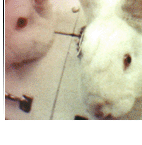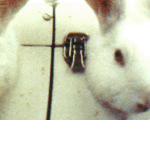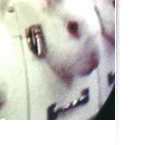Click here to go back.
WHY ARE ANIMAL TESTS DANGEROUS FOR HUMANS?
Rabbits, dogs, mice and other animals are not human. There are key discrepancies between species--physiologically, anatomically, genetically and histologically--right down to the basic cellular structures. Yes, we are animals too, but each species differs greatly from the next. The mushroom Amanita Phalloides can be eaten by rabbits, who are frequently used in product testing, but can kill a human with one bite. Cigarettes were considered safe because smoking-related cancer is almost impossible to reproduce in non-human animals. The fact is that by testing a chemical on an animal, we only learn the chemical’s effect on that particular species. By generalizing onto humans, we are risking our own well-being.
We also react to substances differently due to how we’re exposed to the chemical in question. Unlike rabbits in a Draize experiment, if shampoo got into our eyes, our tear ducts would wash it out. If that wasn’t enough, we would flush our eyes with water, and seek emergency attention if necessary. That’s a considerable divergence from having the substance concentrated, rubbed into our eyes and left to sit there, not flushed away naturally or manually. So not only does there exist a basic, biological difference between the eye tissue and tear ducts of humans and that of rabbits, there is also a difference in exposure time and removal of the chemical.







